Do You Really Need a GMT? A Practical Guide for (Actual) Travelers
Buyers Guides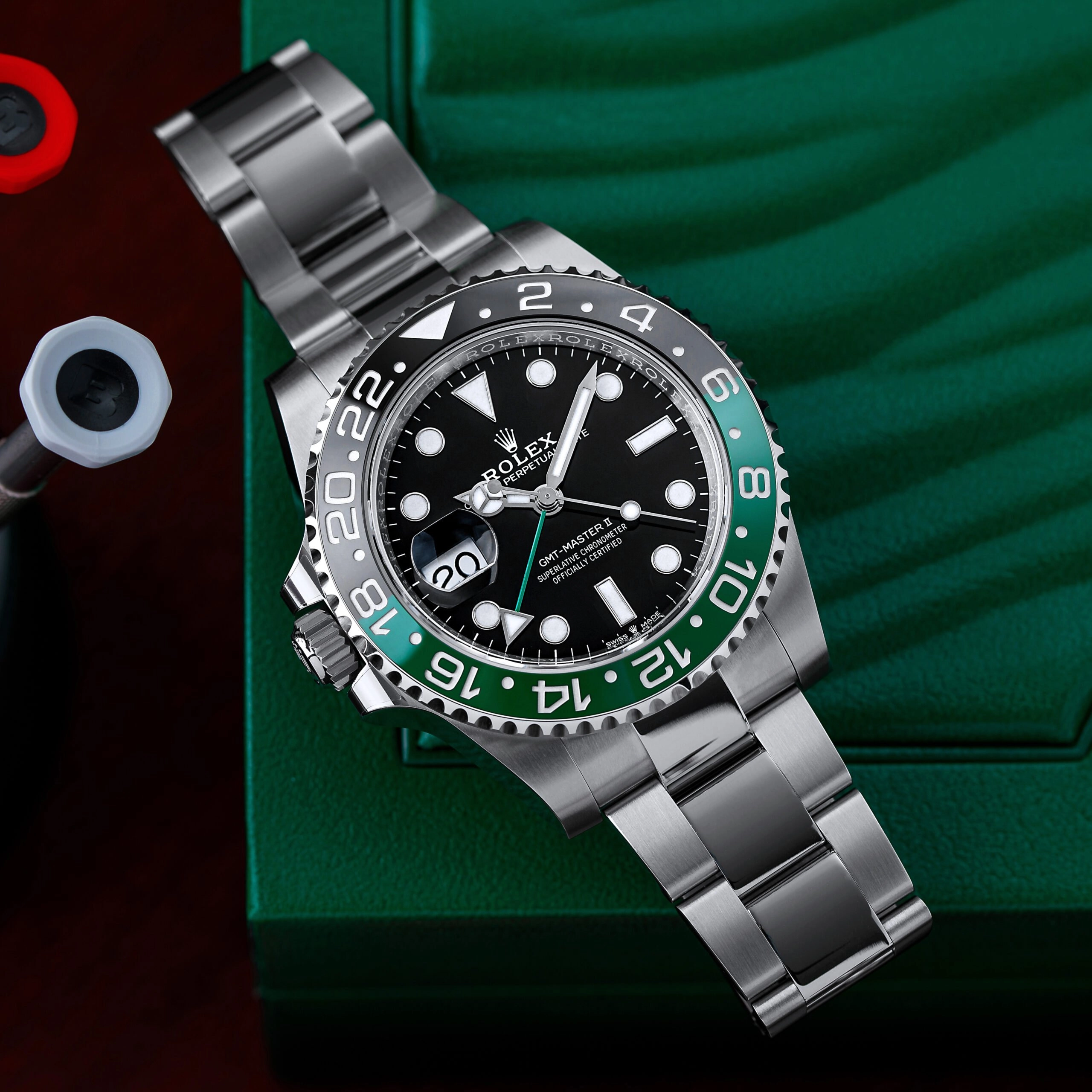
The GMT complication is a fan favorite in the watch world. It adds functionality, character, and a hint of adventure. But in 2025, when your phone updates to local time automatically and tracks multiple zones with ease, it’s worth asking: do you really need one?
Let’s break down what a GMT actually does, how it compares to other travel tools, and when it still makes sense in the real world.
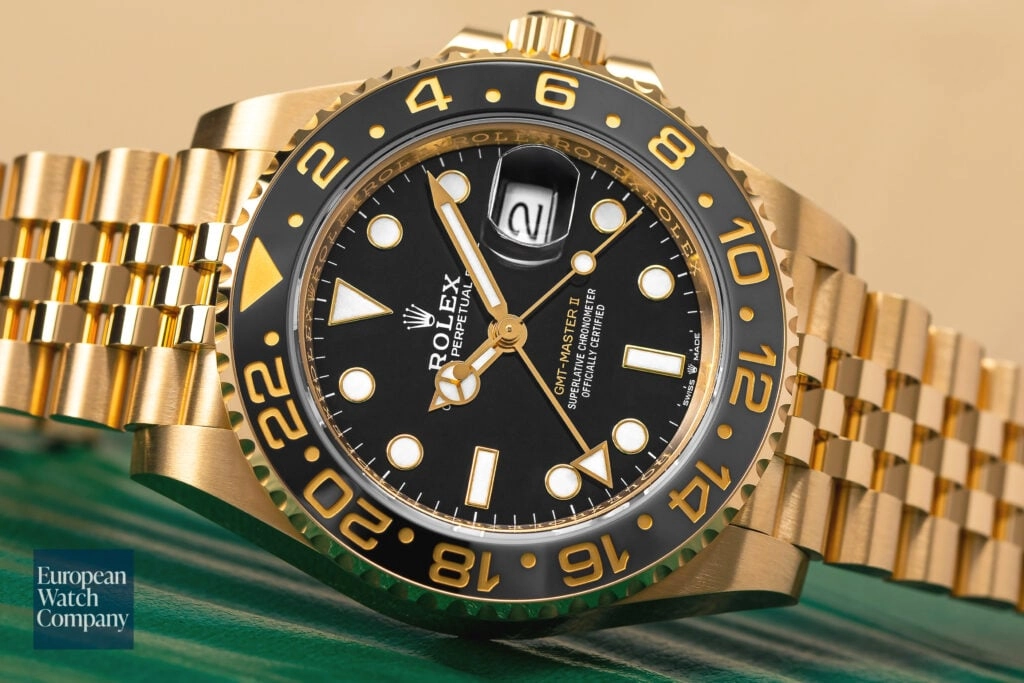
What Does a GMT Actually Do?
A GMT, short for Greenwich Mean Time, traditionally tracks two time zones. Local time is shown with standard hour and minute hands, while a second time zone is tracked using a 24-hour hand, typically read against a bezel or dial markings.
Originally designed for pilots in the 1950s, the GMT-Master from Rolex helped travelers keep track of time in multiple places. That utility still appeals today, though for many wearers, the function has shifted from necessity to ritual.
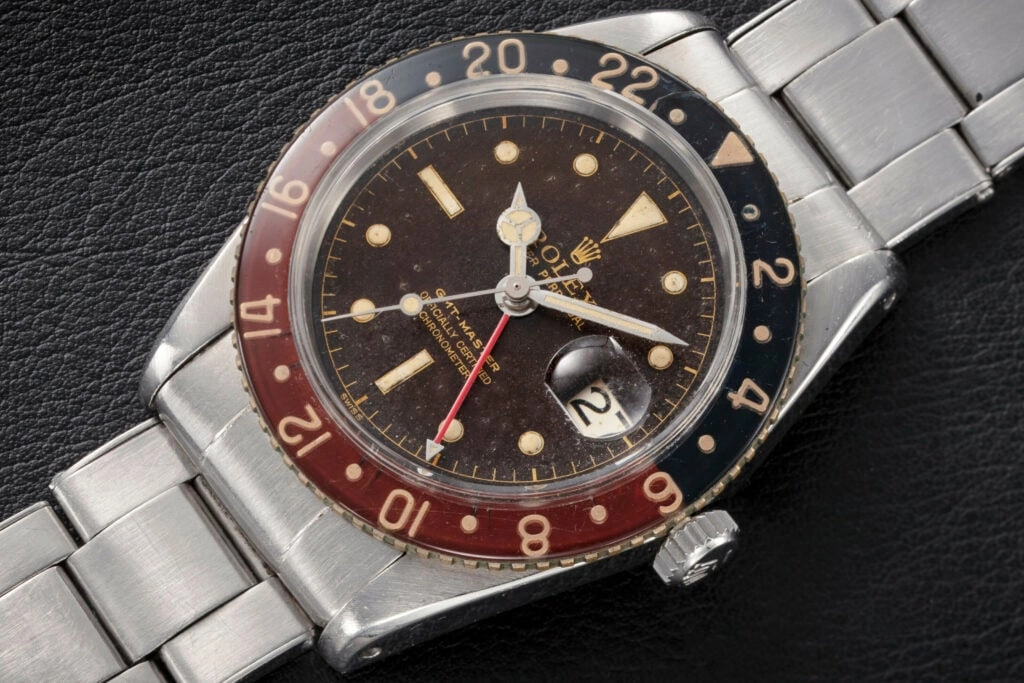
Phone vs. Watch: Which One Wins?
Your phone can display dozens of time zones at once. It adjusts automatically and requires no effort. From a practical standpoint, it’s hard to beat. But a mechanical GMT offers something a phone doesn’t: a physical ritual that turns travel into an experience.
Michael Pearson, Brand Director for Christopher Ward in the U.S., knew that rhythm well. “I have traveled to over 30 states in the last 18 months and of course, I always have an eye towards the UK because of work and family,” he said. “I believe that the only complication which really matters in the watch world is a GMT.” That said, even he admitted that being around a full collection had shifted his perspective. “Even with having access to the entirety of the Christopher Ward collection, I’ve fallen in love with our three-handed watches more, despite the usefulness of a GMT.”
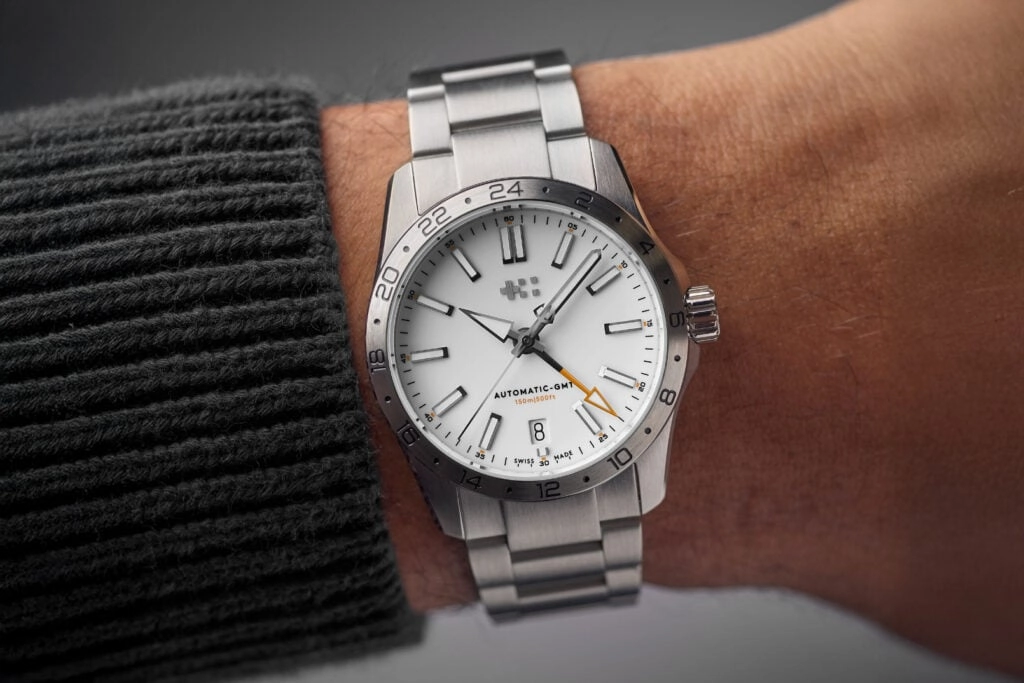
Watch photographer and brand consultant Tim Vaux agreed that the appeal goes beyond function. “The travel watches and mechanical watchmaking in general are one of the few things today that actually slows us down,” he said. “It pulls us away from instinctively reaching for the soulless chunk of metal and glass in our pockets, we rely on for everything.”
He also reflected on the emotional aspect. “There’s a quiet poetry to how far we can now travel across the world with almost no personal effort,” Vaux said. “It gives real context to the idea of different cultures and lifestyles—infinitely more than a sterile ‘-5’ on a second clock face ever could.”

What If You Need More Than One Time Zone?
That’s where world timers come in. Unlike GMTs, which track two zones, world timers show all 24 time zones simultaneously, usually through a rotating city ring. They’re especially helpful for people coordinating international business or working with global teams.
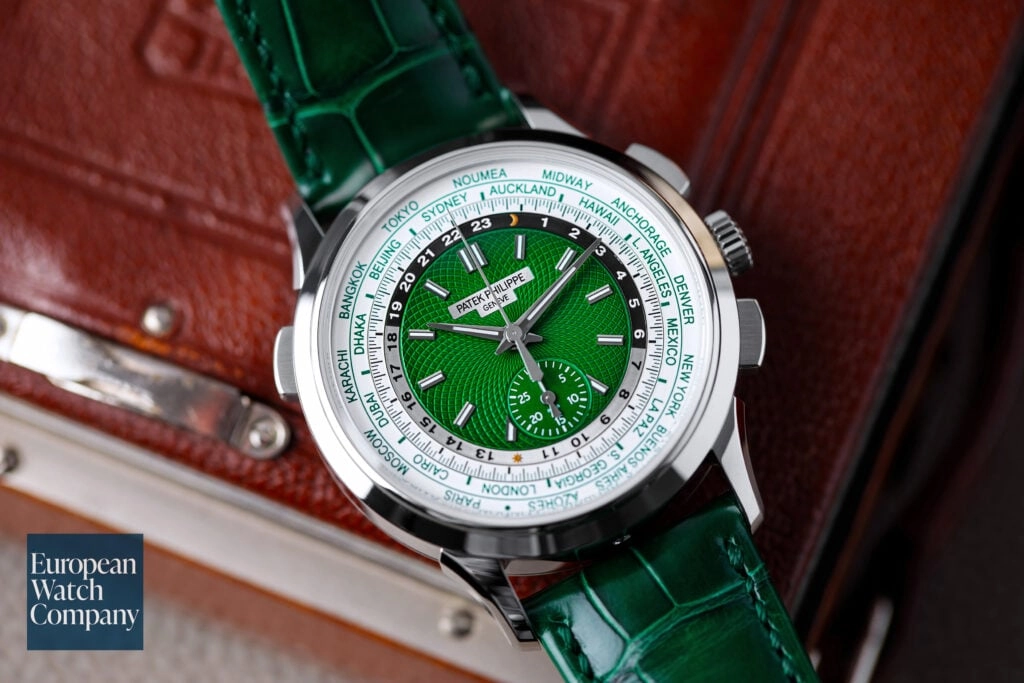
Vaux explained what drew him to them. “The world timer is actually my favorite complication,” he said. “It’s one I’ve added to my personal collection and use regularly.” While he admitted that phones were still the most accurate option, “I’ll often set a home time clock on my Lock Screen when I travel, just to keep track of where my body clock thinks it is”, he still prefers the analog experience. “Having my ‘always on’ early ’90s Ebel Voyager Worldtimer on wrist will always beat the phone in terms of personal preference.”
Of course, world timers have their downsides. They can be harder to read at a glance, visually busy, and more expensive than GMTs. If you just need to track one alternate time zone, a clean, well-designed GMT still does the job.
Pearson frequently pointed to Christopher Ward’s offerings in this category. “Within our lineup we have the iconic Sealander GMT, the vintage inspired Aquitaine GMT and the newer 40mm Trident GMT collections,” he said. “They all have fantastic power reserve with SW330 calibres, they all have very legible and impressive GMT hands and they are the models that I eulogize about for nearly every conversation with a person who travels.”
When a GMT Still Makes Sense
Despite all the digital tools available, GMTs retain real-world usefulness. Pilots and flight crews often rely on them. So do frequent flyers who want a quick wrist check without pulling out a phone.
More than that, they appeal to those who want travel to feel intentional. A GMT doesn’t just show you what time it is elsewhere. It reminds you that “elsewhere” exists. As Vaux put it, “Tracking time zones manually is a reminder to me of just how vast the world is.”
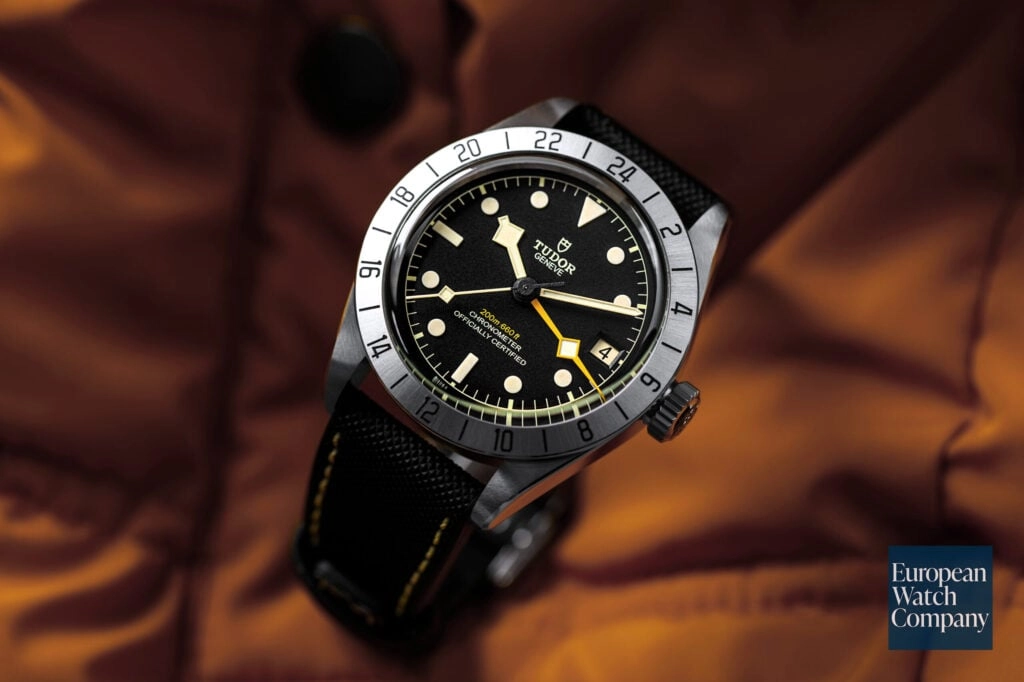
Modern watchmaking has also made GMTs easier to use. Many now feature “caller” GMT functionality, which lets you adjust the local hour hand independently—much more convenient than older “office” GMTs that required full resets when changing zones.
Final Thoughts
No, you don’t need a GMT in the strictest sense. But that’s not really the point.
For many travelers and watch enthusiasts, the GMT isn’t just about keeping time. It’s about keeping rhythm. It makes the act of arriving somewhere feel real. It adds ceremony to movement.
In a world of constant notifications, updates, and automation, physically setting your GMT as you cross into a new place still feels meaningful. And if travel is part of your life, that small gesture might be worth preserving.